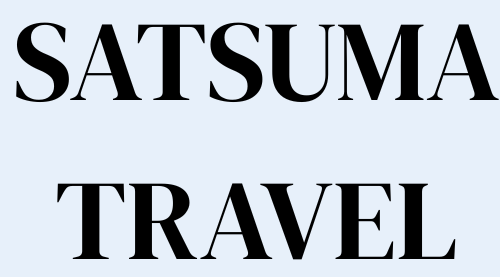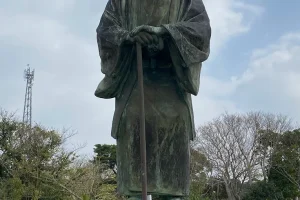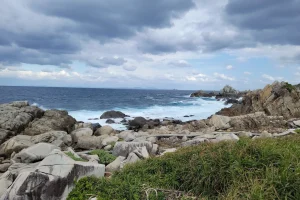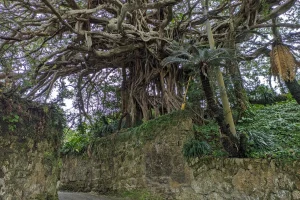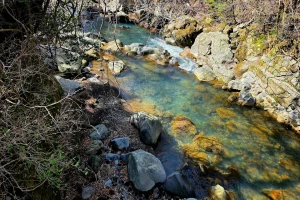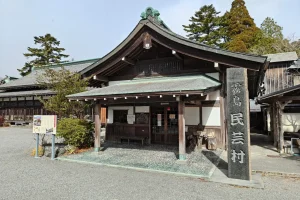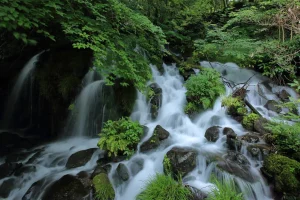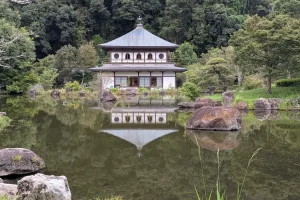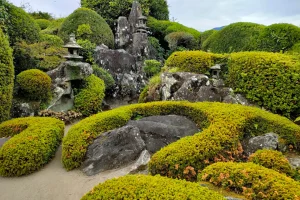Chiran Castle Ruins
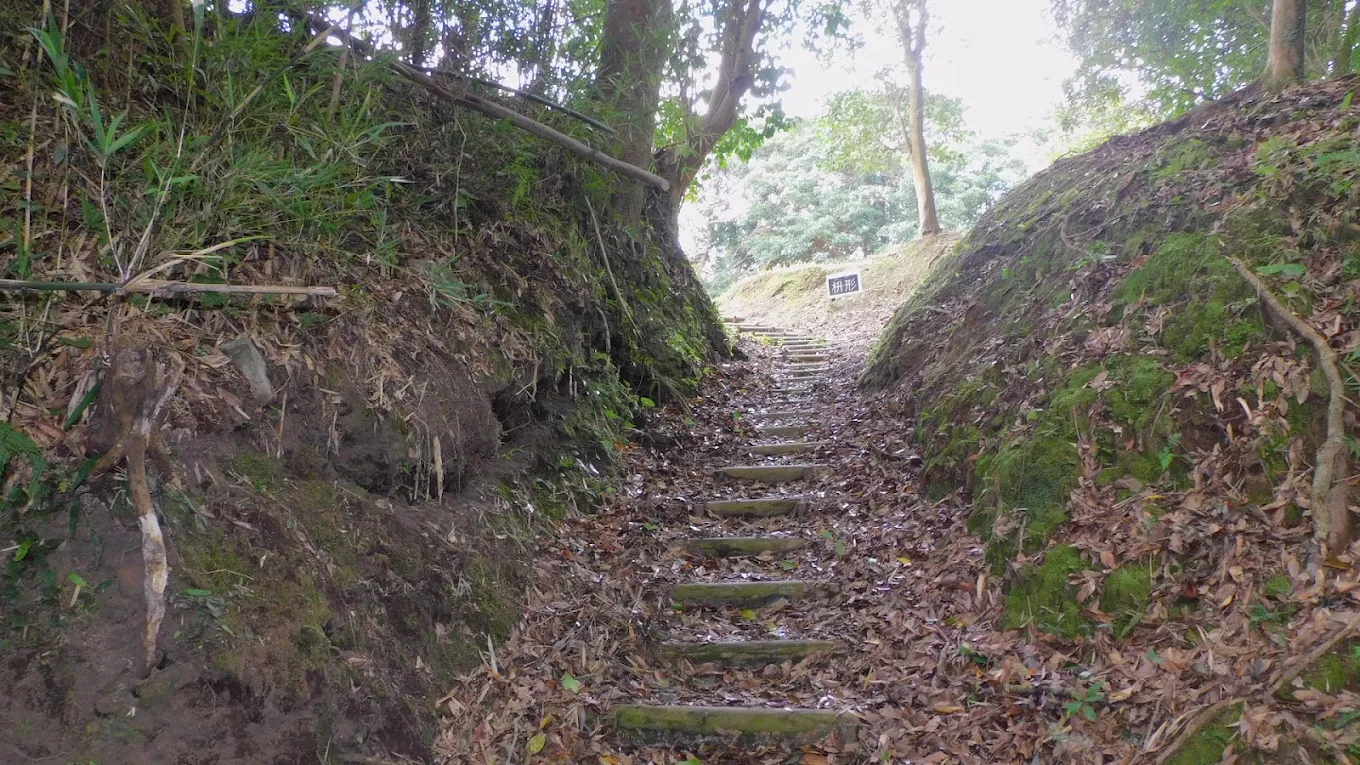


Overview
Wandering the ruins of Chiran Castle allows you to trace the medieval history of Satsuma. Carved into a volcanic plateau, the site’s layered terraces, complex moats, and earthworks reveal the strategic design characteristic of Southern Kyushu castles. Built in the 12th century by the Chiran-origin Sata clan and later controlled by Shimazu, the castle fell into ruins by 1615. Today, its remnants, including cliffside foundations and surviving structural features, offer a tangible glimpse into Sengoku-era architecture—best experienced by a peaceful, self-guided hike across the historic landscape.
A National Historic Site since 1993 and part of the “Continued Top 100 Japanese Castles” list.
Built around the 12th century, it served the Sata clan under the Shimazu family. The castle was destroyed in a fire and abolished under the One Castle per Province order in 1615.
The castle sprawling over ~45 ha features over 12 terraced enclosures (kuruwa), deep moats, earthworks such as clay embankments, and cleverly designed curved entrances (box-gates) .
Though in ruins, remnants include terraces perched on cliffs, steep embankments, stone-lined defenses, and archaeological finds like pottery, tools, ironwork, and Buddhist figures .
Offers serene walks through valleys and oak forests, with panoramic views over Edo-period defensive landscapes.
